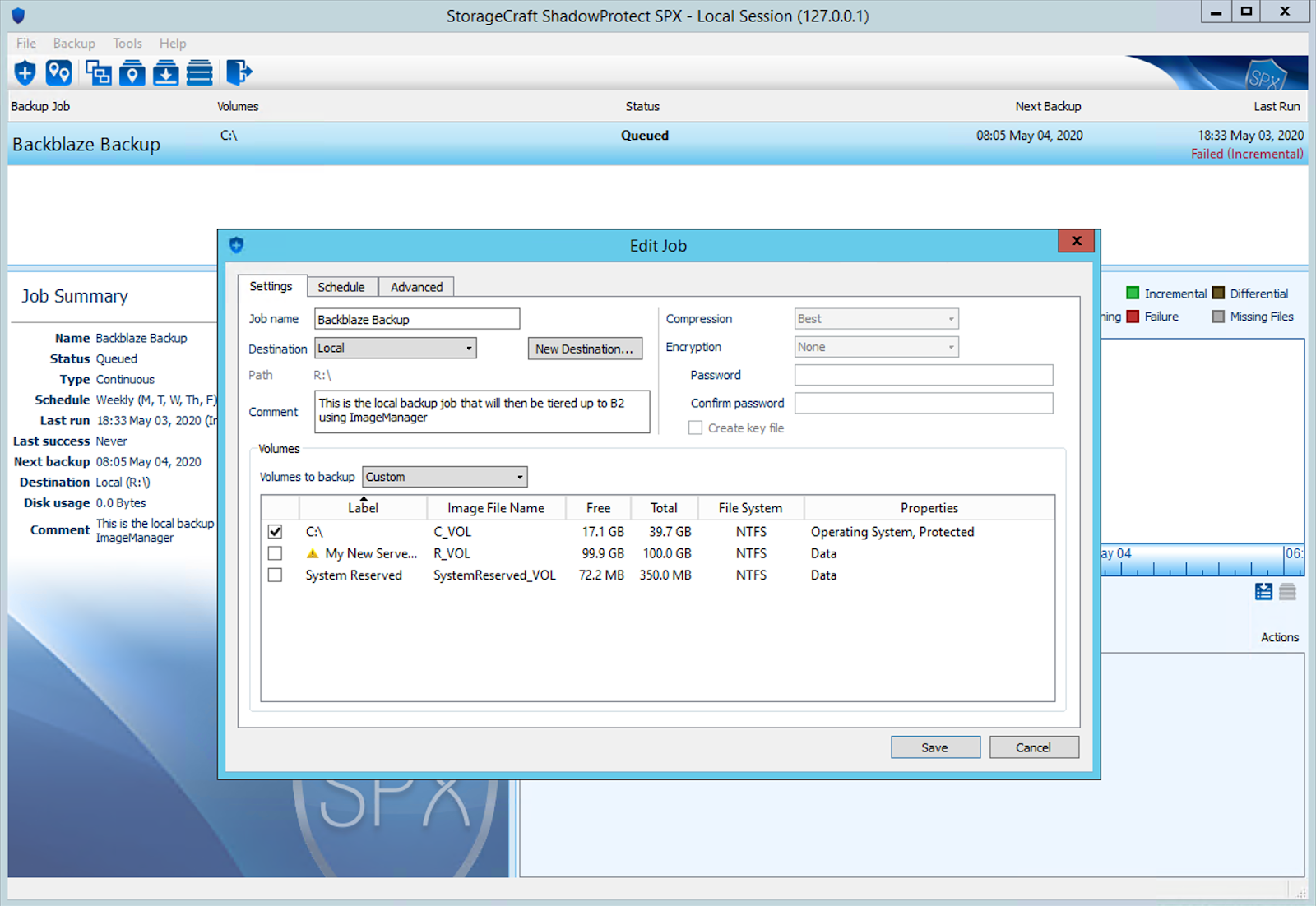
Only v4 Signatures are currently supported

So if your S3 Endpoint is s3., this means your region will be us-west-001. The region will be the 2nd part of your S3 Endpoint. Some integrations may need you to specify the region. Region is the 2nd part of your S3 Endpoint In our example, this is shown at the bottom of the blue box. applicationKey = Secret Access Key or Secret KeyĪgain, this will depend on the application that you’re using, but the Application Key is our equivalent of the Secret Key or Secret Access Key. You can see in the example here that this is shown at the top of that blue box. In our S3 Compatibility API, this is the equivalent of our Application Key ID. keyID = Access Key ID or Access Keyĭepending on the integration you’re using, you will be prompted for the Access Key ID or Access Key. There are a few things to keep in mind here regarding the naming conventions we use for our S3 Compatibility API. Now you’re ready to enter this information into your application of choice. Note: Application Keys created prior to May 4th, 2020 are not S3 Compatible. The listAllBucketNames permission can be enabled upon creation in the web UI or using the b2_create_key API call. Note: If an Application Key is restricted to a bucket, the listAllBucketNames permission is required for compatibility with SDKs and integrations. Your new key will work with the S3 Compatibility API as well as the B2 Native API. Once you’ve made your key, make sure you copy the Application Key ID and Application Key listed in the blue box (you’ll see the S3 Endpoint again too!).

The Master Application Key will not be S3 Compatible, so you’ll want to create a new key and key id by clicking the Add a New Application Key button. If you do not have any S3 Compatible buckets, simply create a new bucket!įor the Application Key ID and Application Key, head to the App Keys page and make a new key. Note: Buckets created prior to May 4th, 2020 are not S3 Compatible.

In the area for your bucket, you’ll see the S3 Endpoint listed. To find the S3 Endpoint for your account, navigate to the Buckets page of your Backblaze account (Don’t have a Backblaze account? Sign up for an account with 10 GB free here !).

There are three things you need to connect your integration with the Backblaze S3 Compatible API: You now have the ability to BYOI (Bring Your Own Integration), and if it supports the S3 API then you’re all set! With the new Backblaze S3 Compatible API, B2 Cloud Storage is now more accessible than ever.


 0 kommentar(er)
0 kommentar(er)
